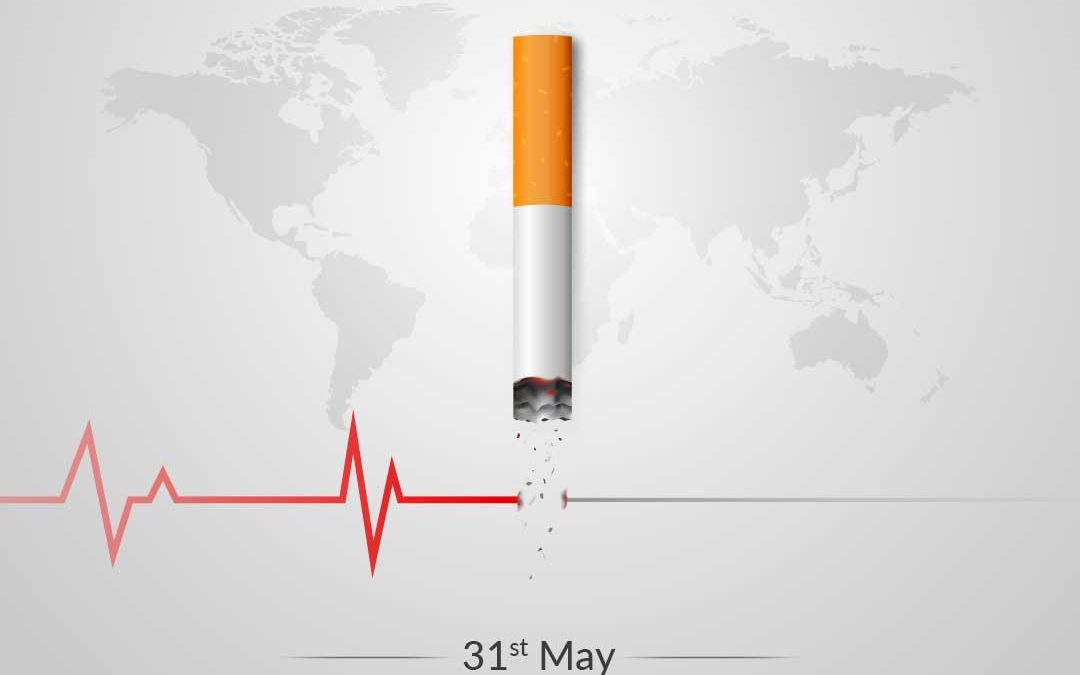Every year on May 31st, the world commemorates World No Tobacco Day. Today, health groups, organisations, and cancer doctors not just in Kolkata but also around the world are coming together to raise awareness about the negative consequences, large-scale health concerns, and linked hazards that tobacco use brings. Every year, the World Health Organization chooses a different theme for the campaign, and this year’s is about taking the pledge and committing to quit tobacco usage.
The damage starts from the first use itself
Tobacco use is dangerous in all forms, whether it is smoked (through cigarettes, e-cigarettes, waterpipes, cigars, etc.) or not (sniffing, chewing, dissolving forms, etc.) says Dr. Suvadip Chakrabarti, who is considered to be the best oncologist in Kolkata. Tobacco smoking is connected to 85 percent of head and neck malignancies, making it the leading cause of cancer diagnosis.
Oral cancer is the most common of all the disorders connected to tobacco smoking, including cardiovascular disease, chronic obstructive pulmonary disease, and others. It is one among the top three cancer kinds in India. According to a survey released by the Indian Council of Medical Research, cancer of the mouth has emerged as the most prevalent among males, followed by lung cancer; among women, breast cancer and cervical cancer remain the most prevalent.
Every year, around 7,00,000 new cancer cases are diagnosed in India, with tobacco-related malignancies accounting for around 3,00,000. Simple lifestyle adjustments and regular screening can entirely avoid this, with health benefits that extend beyond cancer. Tobacco is responsible for almost 2000 fatalities each day in India.
The most popular type of tobacco intake in India, which is retaining the tobacco in the mouth, is to blame for the high frequency of oral cancer. Gutka, Quid, snuff, and other similar substances are examples. Smoking is a deadly habit as well. Nitrosamines (nicotine), polycyclic aromatic hydrocarbons, Nitrosodiethanolamine, Nitrosoproline, and polonium are all carcinogens found in tobacco.
Oral Cancer
Squamous cell carcinoma is the most common type of oral cancer, says the surgical oncologist in Kolkata. It usually begins with a precancerous lesion in the mouth. The tongue and the floor of the mouth are the most common sites for oral cancer. Buccal vestibule, buccal mucosa, gingiva, and the hard and soft palate are the other common sites. Smokers are more likely to develop cancer of the bucco-pharyngeal mucosa.
This cancer is particularly aggressive, and it spreads to the lymph nodes of the neck even if there is a minor delay. Once it spreads, the prognosis is dismal, and mortality is unavoidable, owing to the erosion of major blood arteries and the base of the skull, as well as Cachexia and secondary respiratory infection.
Surgical Treatment
The goal of surgery for mouth cancer is to remove any diseased tissue while causing the least amount of damage to the remainder of the mouth.
If your cancer has progressed, you may need to have a portion of your mouth lining and, in some situations, your facial skin removed by the cancer surgeon in Kolkata. Skin from another part of your body, such as your forearm or chest, can be used to replace this.

